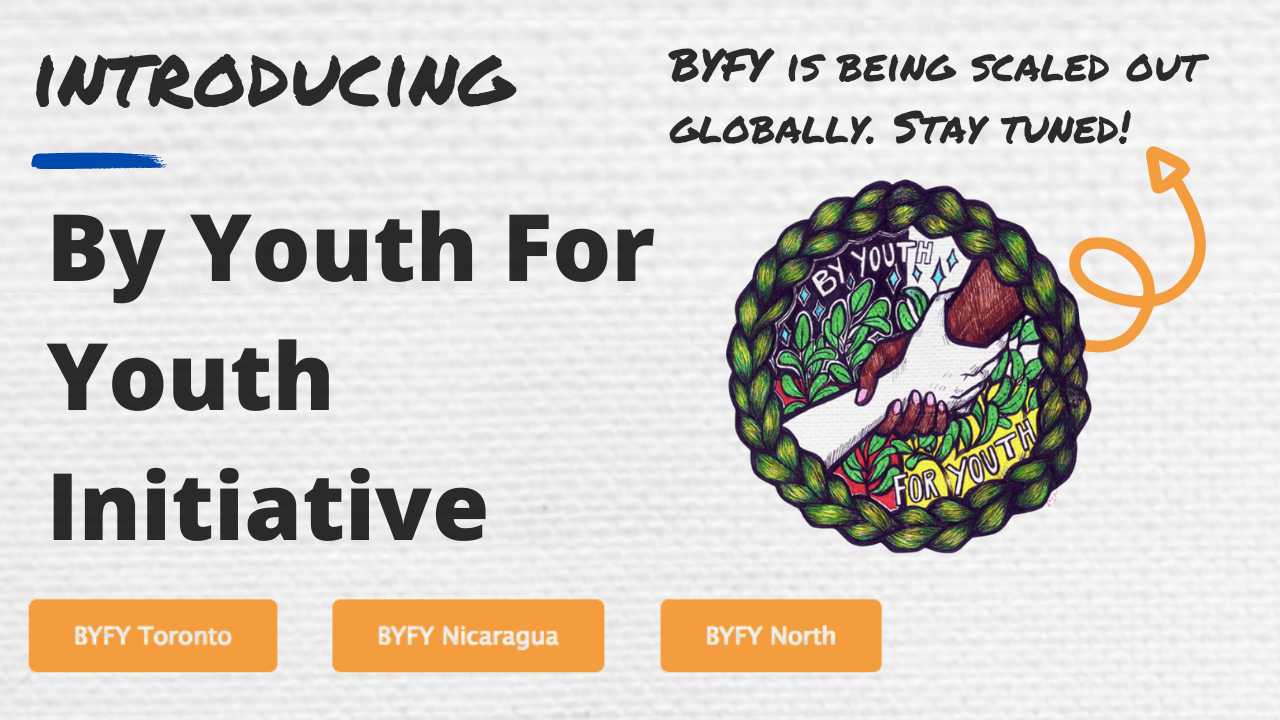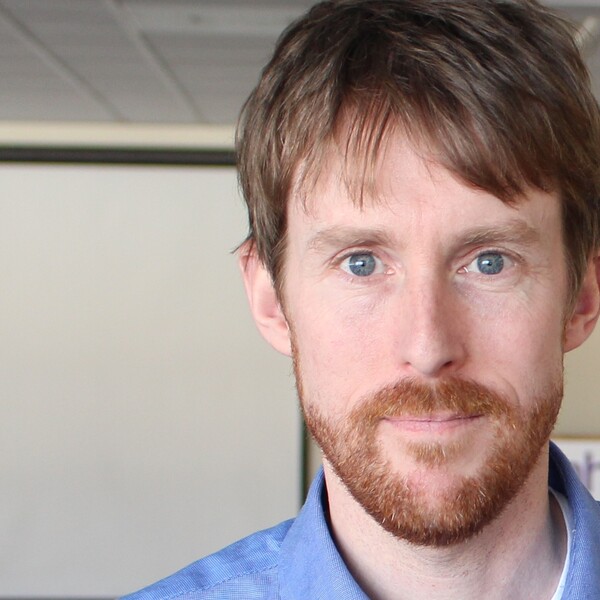The latest By Youth for Youth (BYFY) initiative has just launched in partnership with Dilico Anishinabek Family Care (Thunder Bay, ON) and Casa Alianza (Managua, Nicaragua). To celebrate the kick-off, project leads Mardi Daley and Sean Kidd took part in an interview to explain more about the initiative.
The projects built in Thunder Bay and Managua are a remarkable testament to what can happen when young people who have faced extreme marginalization are enabled to lead impactful projects in their communities.

How BFYF Was Created?
Sean: I think it was sometime in the Fall of 2016 when the peer leaders on our first HOP-C study, first discussed the idea of creating BYFY. They said they wanted to do something different. We also wanted to create something where we could support youth exiting homelessness and enable them to develop skills and practice leadership roles, produce something impactful, and receive the necessary supports to do both. Is that how you remember it?
Mardi: Definitely! We wanted to create something that captured the non-linear nature of youth homelessness - how you can start at square 1, jump to square 3 and then fall back to square 2. We knew it would require more perspectives than our own. I also remember that it was Summer, a time when many young people are looking for work and engagement, so it seemed like perfect timing to try something like this!
Sean: That was a pivotal moment for us as a group. It’s where we changed course and developed a model of peer support that was quite a bit better at aligning with participatory action values and practices. Mardi, do you want to share what BYFY is? What the core elements are and the outcomes that are hoped for with it?
What is BYFY?
Mardi: The idea behind BYFY is that young people experiencing or exiting homelessness need to be engaged beyond case management supports. The young people involved in our projects are often disengaged from their communities and families and would like a chance to do activities that fall outside their ‘normal life’. BYFY was a chance to do that as well as meet other young people and participate in a strengths-building activity.
Ramping Up the Initiative
Sean: It was amazing to see where things went. I remember a meeting we had where someone we’d never heard of from Brandon, Manitoba said that they routinely printed off the first BYFY guide for exiting homelessness and gave them to clients!
Mardi: It’s pretty cool to know something we made locally that was able to help so many youth across the country!
Sean: From there, a couple of years ago we were able to secure a grant from the Social Sciences and Humanities Research Council of Canada. This gave us the opportunity to work with our partners at Lakehead University (Dr. Chris Mushquash and grad student Jessie Lund) and Dilico Anishinabek Family Care (Tina Bobinski and Hugette Carty). Also, through our relationship with Covenant House Toronto, we were introduced to Maria Jose Arguello Ramos and Maria Castillo at Casa Alianza, in Managua, Nicaragua. This kicked off the next phase of BYFY – looking at how it could be adapted by and for Indigenous youth leaders and in a Central American context.
The Next Phase of BYFY
Mardi: Our role in the project was to support the processes of the other sites and basically assist with engagement, as needed. We met monthly to hear updates and stories of what was happening at the other sites including hearing from the youth leads - sometimes in translation which was really cool. I think everyone was a bit nervous at first, but myself and the other youth leads were able to meet solo a few times to ‘break the ice’ and it really helped us to just be able to talk about our experiences with homelessness and leadership. Both Thunder Bay and Managua collaborated with local experts from communities to help with the technical aspects of their projects and Managua even created a methodological guide and theatre performance! We were super impressed with the finished projects; Managua with a reggaeton rap music video talking about the realities of homelessness and Thunder Bay with their Indigenous teachings-centred agenda.
There were some unanticipated challenges that came up of course, but because each group knows its population so well, they were still able to continue and complete their projects! For example, Nicaragua was and is dealing with a significant amount of political unrest including protests and riots. Also, the Covid-19 pandemic has made it more difficult to connect with youth participants in Thunder Bay. However, the power of BYFY is that the youth leads continued to show up and step into their leadership roles and this has inspired each site to continue this work with this model of engagement in future programs!
Sean: With this momentum we want to do a few things. We are writing up our experiences across BYFY initiatives, alongside the specifics of the work done in Thunder Bay and Nicaragua. Jessie Lund and Dr. Chris Mushquash are leading this out of Lakehead in Thunder Bay and CAMH Resident, Kayla Hamel, is working with Maria Costillo at Casa Alianza to describe the work in Managua. We are planning to explore other places and ways that BYFY can be taken up by organizations serving youth who are marginalized and who have experienced homelessness. Potential areas of focus will include racialized youth in Toronto and further scaling out in South and Central America. In the long run, we want BYFY to take on a life of its own – taken up internationally, modified for local contexts, and inspiring people. This can take place as we build an archive of BYFY outputs – a set of resources that young people around the world experiencing precarious housing and homelessness can access to be inspired and get tools that can help them in their journeys. You should have the final word here Mardi – any parting thoughts?
Mardi: As we build more evidence, these types of projects are going to be more and more important to disrupting the cycle of youth homelessness because they not only build a sense of community where young people are normally disenfranchised and socially excluded, but they also allow the young people to develop and exercise self-determination and leadership skills. All of this can positively impact confidence, trust in the system and a sense of identity, particularly their cultural identity – all of which are building blocks for hope.
Contact for More Information
Sean Kidd is a Psychologist and Researcher at the Centre for Addiction and Mental Health and Mardi Daley is a certified Peer Specialist and Youth Engagement Facilitator with LOFT Community Services and the Centre for Addiction and Mental Health.


